Introduction
Have you ever seen a plant with clusters of bright, colourful flowers that look like they belong in a fairy tale? This could be the lantana plant. Lantana plants are pretty to look at, but did you know they can be dangerous, too? In this blog post, we will explore what lantana plants are, where they come from, and why they can be harmful. Let’s dive in!

What is the Lantana Plant?
Lantana is a genus of about 150 species of perennial flowering plants in the verbena family, Verbenaceae. The most common species is Lantana camara, which you might see in gardens, parks, or even when it is growing wild. These plants are native to tropical regions of the Americas and Africa. They have become popular ornamental plants because of their vibrant flowers, which can be red, orange, yellow, pink, or white.
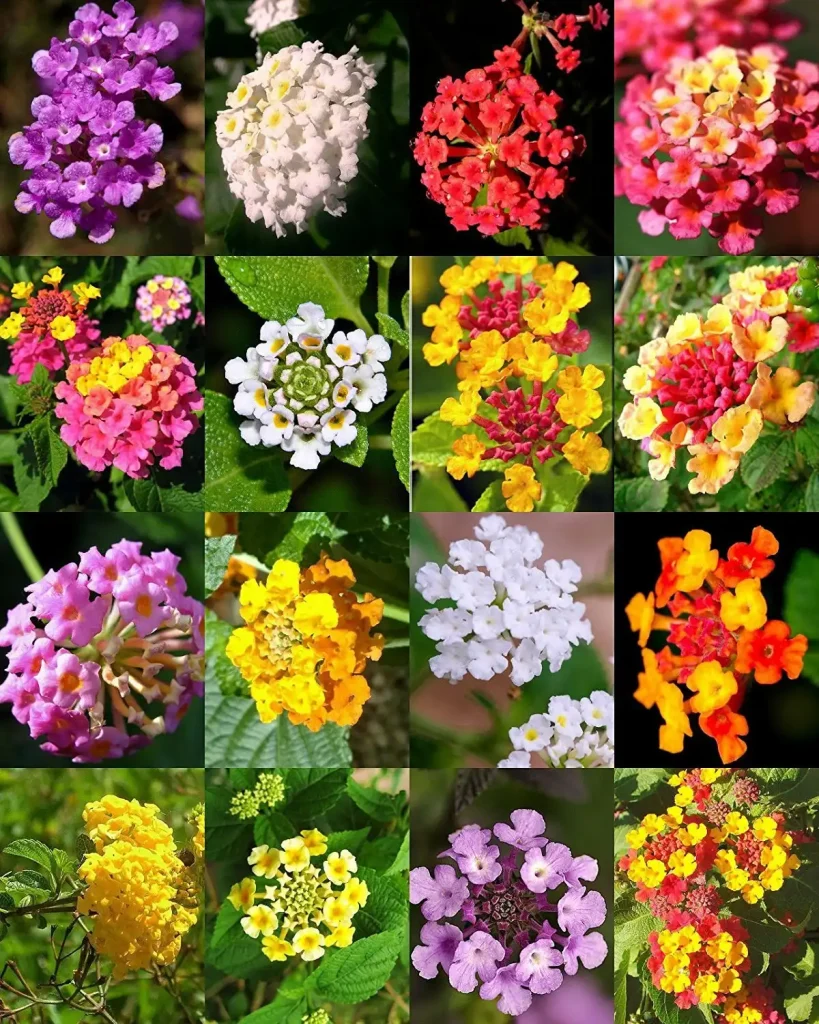
Characteristics of Lantana
Lantana plants are known for their unique flower clusters called umbels. Each cluster is made up of many tiny flowers. The leaves are usually rough and have a distinct smell when crushed, which some people find unpleasant. Lantana plants can grow as shrubs or form ground cover, spreading quickly if not controlled.

Where Can You Find Lantana?
Lantana can be found in many parts of the world. They were introduced to different regions for their decorative appeal but have since become invasive in some areas. This means they grow so well that they can take over and disrupt local ecosystems. Countries like Australia, India, and South Africa consider lantana an invasive species.

Why is Lantana Dangerous?
Toxicity to Animals and Humans
One of the main reasons lantana is dangerous is because it is toxic. The leaves and berries of the lantana plant contain chemicals called triterpenoids. These chemicals can be harmful if ingested.
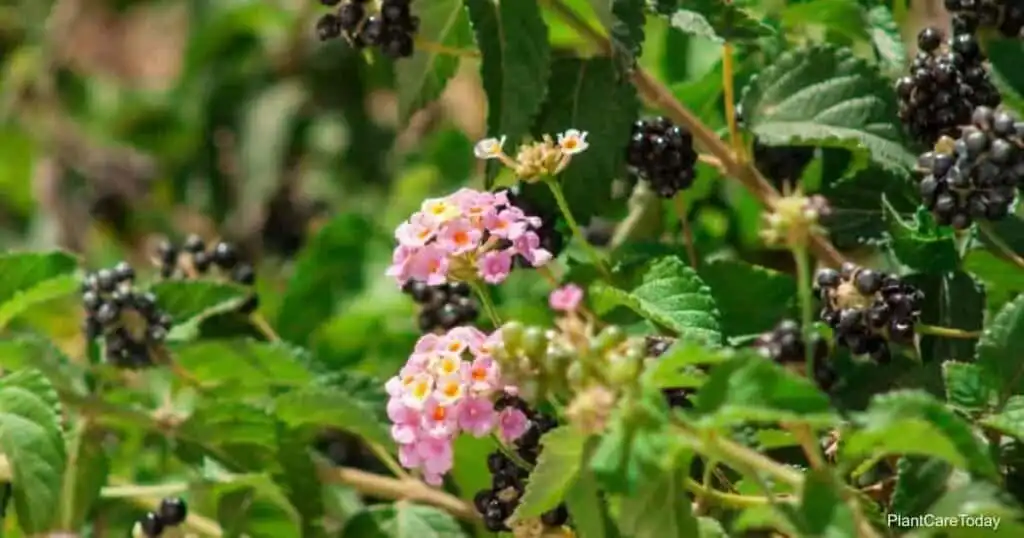
For Animals:
- Livestock: Animals like cattle, sheep, and goats can get very sick if they eat lantana leaves. Symptoms include vomiting, diarrhoea, and even liver damage. In severe cases, it can be fatal.
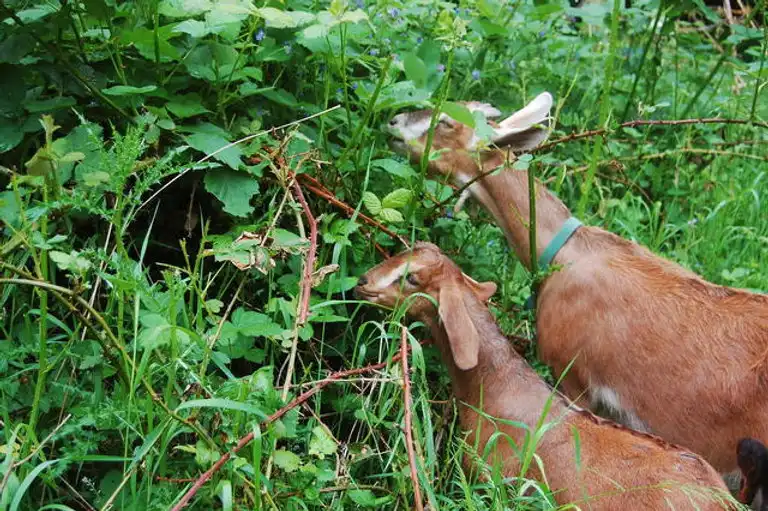
- Pets: Dogs and cats can also be poisoned by lantana. If they chew on the plant, they might show symptoms like vomiting, weakness, and loss of appetite.

For Humans:
- Children: The berries of the lantana plant can be particularly tempting for young children because they look like small, colourful fruits. However, eating these berries can cause serious health problems, including stomach pain, vomiting, and breathing difficulties.

- Adults: While adults are less likely to eat lantana berries, handling the plant without gloves can cause skin irritation or allergic reactions.
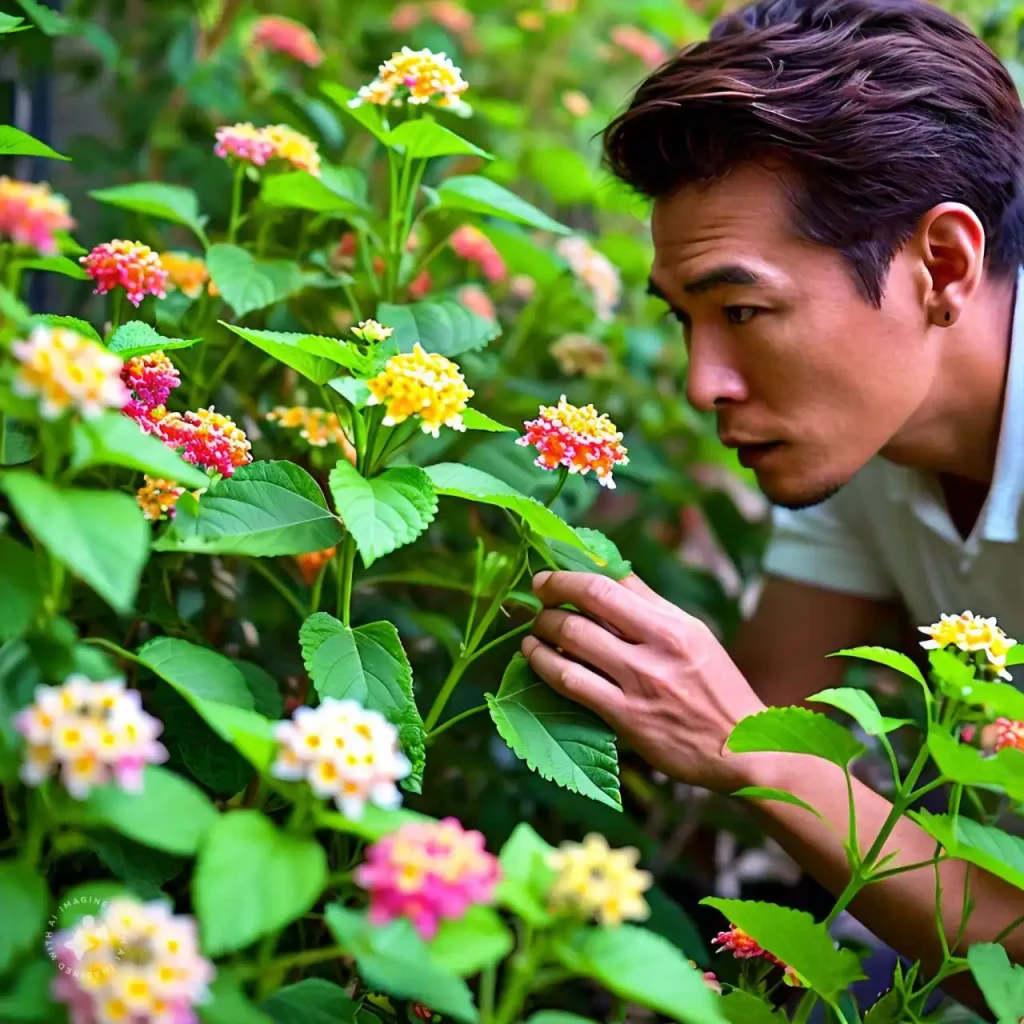
Environmental Impact
Lantana plants are invasive, meaning they can spread rapidly and outcompete native plants. This can lead to a loss of biodiversity, which is harmful to the environment. Native plants are essential for maintaining the balance of local ecosystems and providing food and shelter for wildlife. When lantana takes over, it can disrupt these relationships and harm the animals that depend on native plants.
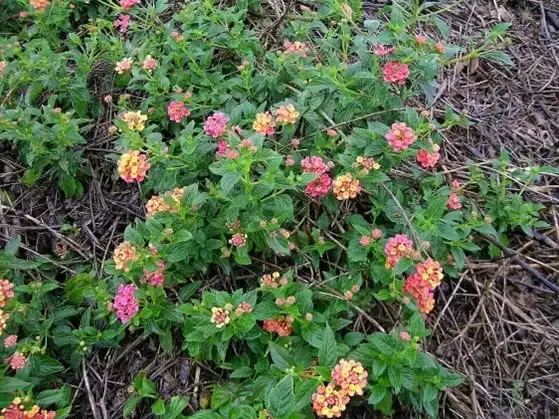
Benefits of Lantana
Despite its dangers, lantana does have some benefits. It is known for its hardiness and ability to thrive in poor soil conditions. This makes it useful for controlling soil erosion in some areas. The plant also attracts pollinators like butterflies and bees, which are crucial for the health of many ecosystems.
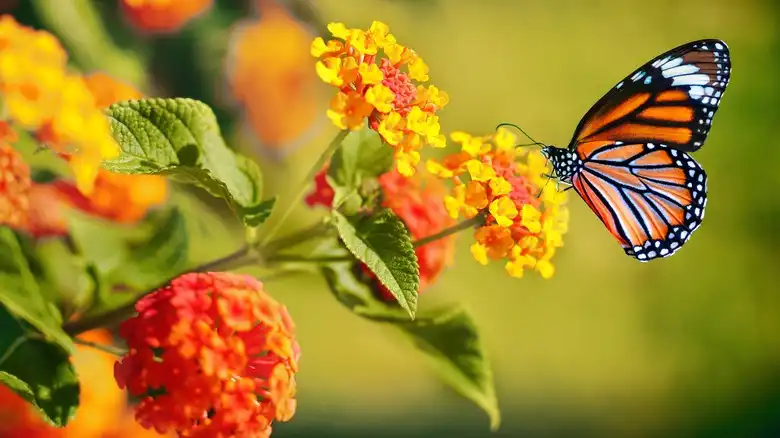
Managing Lantana
Because lantana is invasive and toxic, managing its growth is important. Here are some ways people control lantana:
- Mechanical Control: This involves physically removing the plants by hand or using machinery. It is labour-intensive but effective if done thoroughly.

- Chemical Control: Herbicides can be used to kill lantana plants. However, this method must be used carefully to avoid harming other plants and animals.
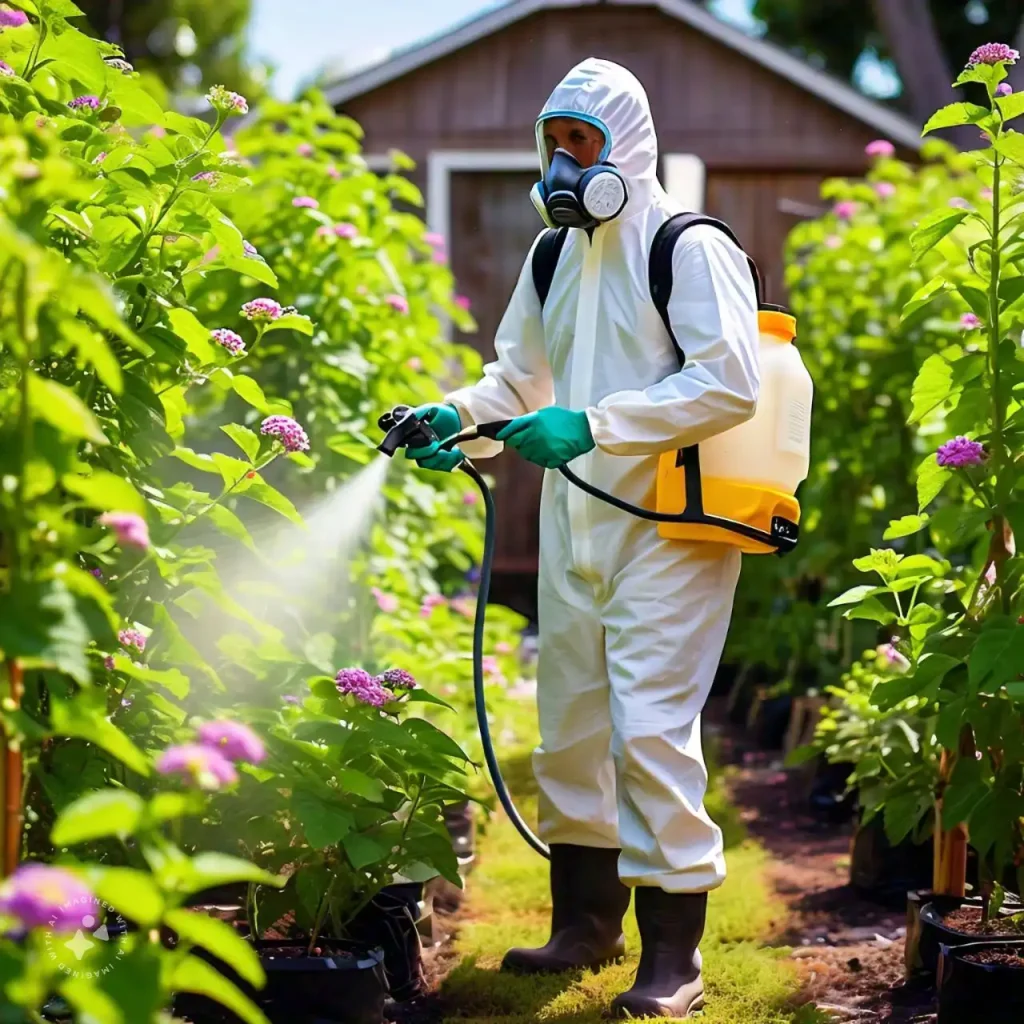
- Biological Control: Scientists sometimes introduce natural enemies of lantana, such as certain insects, to control its spread. This method can be effective but requires careful monitoring to ensure it does not create new problems.
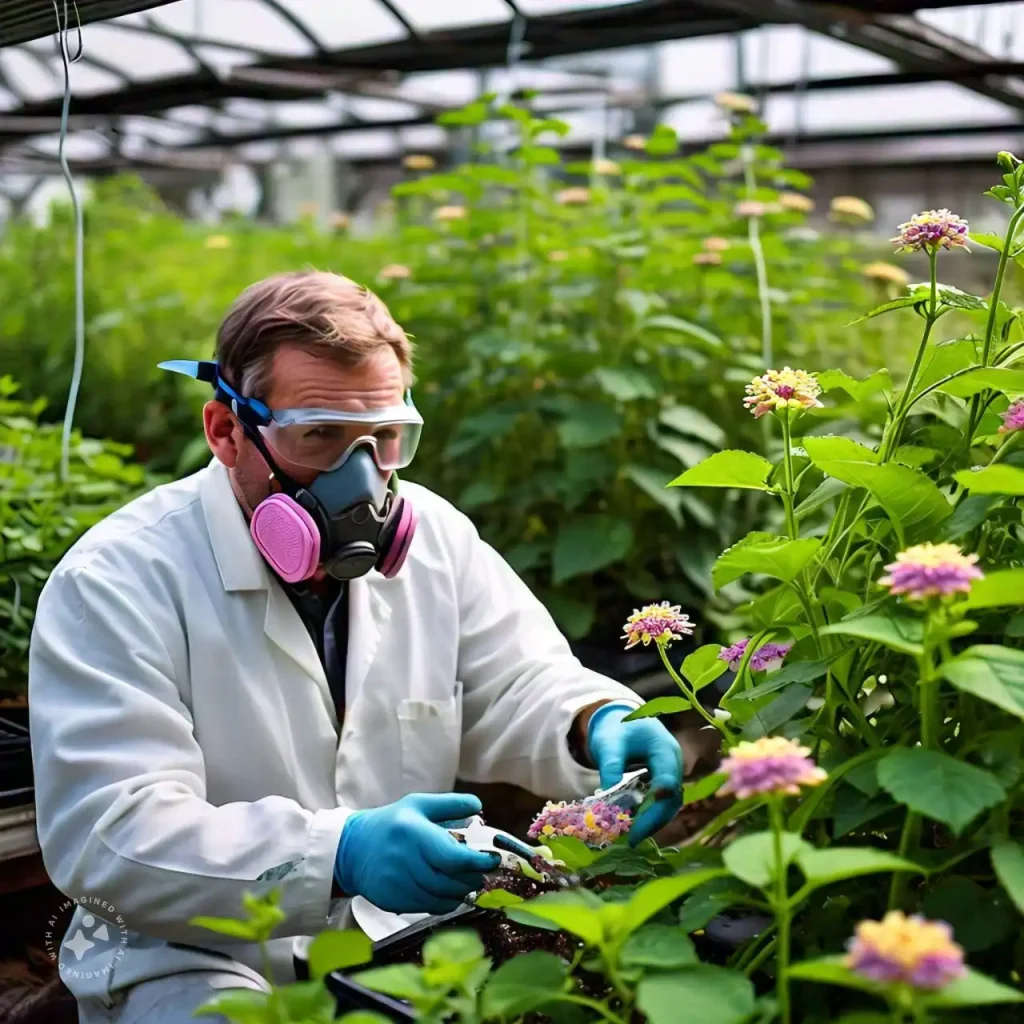
Fun Facts About Lantana
- Lantana flowers can change colour as they age, often starting as one colour and turning another over time.
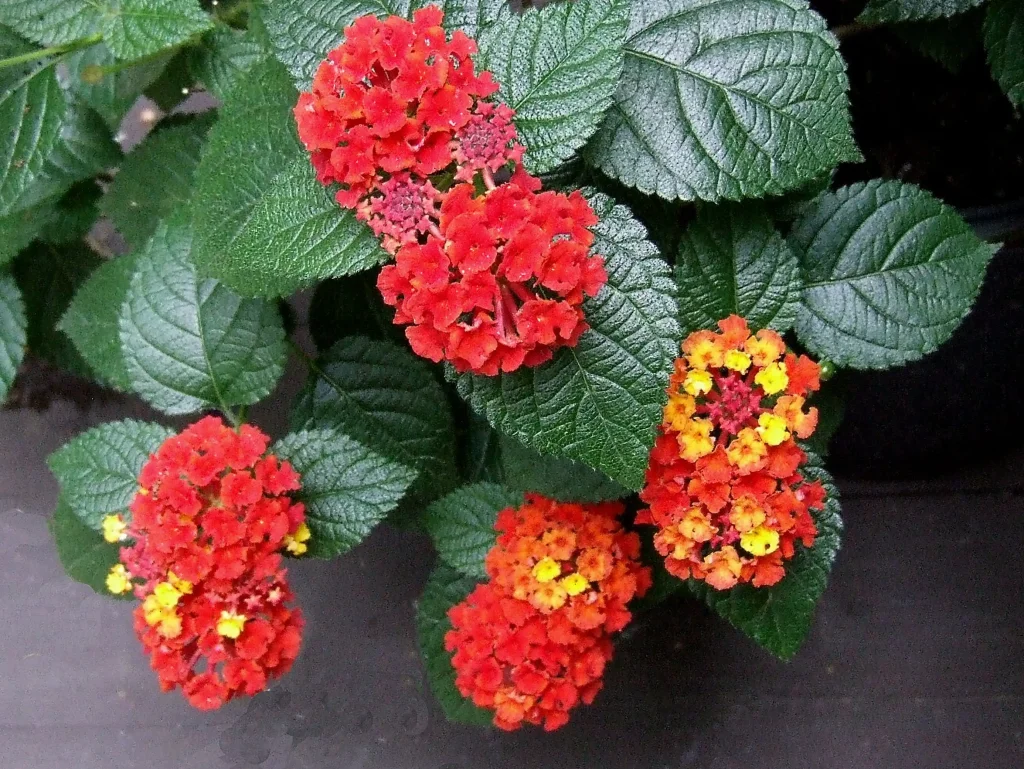
- The plant has a strong scent that can repel insects, which is why it was once planted around homes to keep pests away.
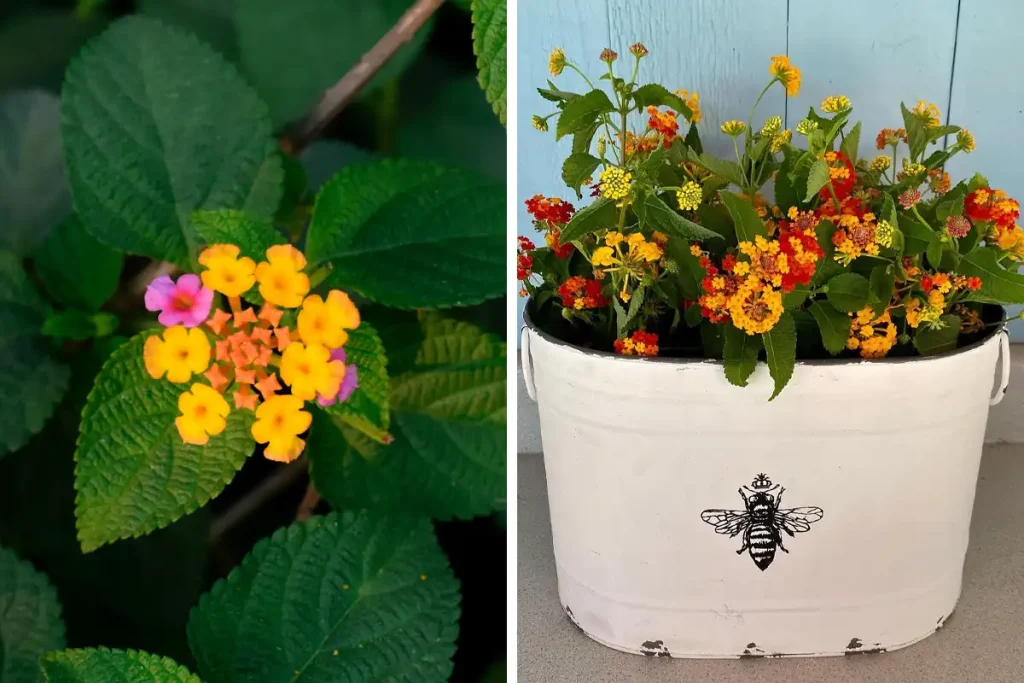
- In some cultures, lantana is used in traditional medicine, although this is risky due to its toxicity.

Conclusion
Lantana plants are a beautiful but dangerous addition to our world. While their colourful flowers can brighten up any garden, it’s important to be aware of their toxic nature and the potential harm they can cause to animals, humans, and the environment. By understanding more about lantana and taking steps to manage its spread, we can enjoy its beauty while protecting our health and the health of our ecosystems.
For more interesting articles, please visit www.kidzherald.com





